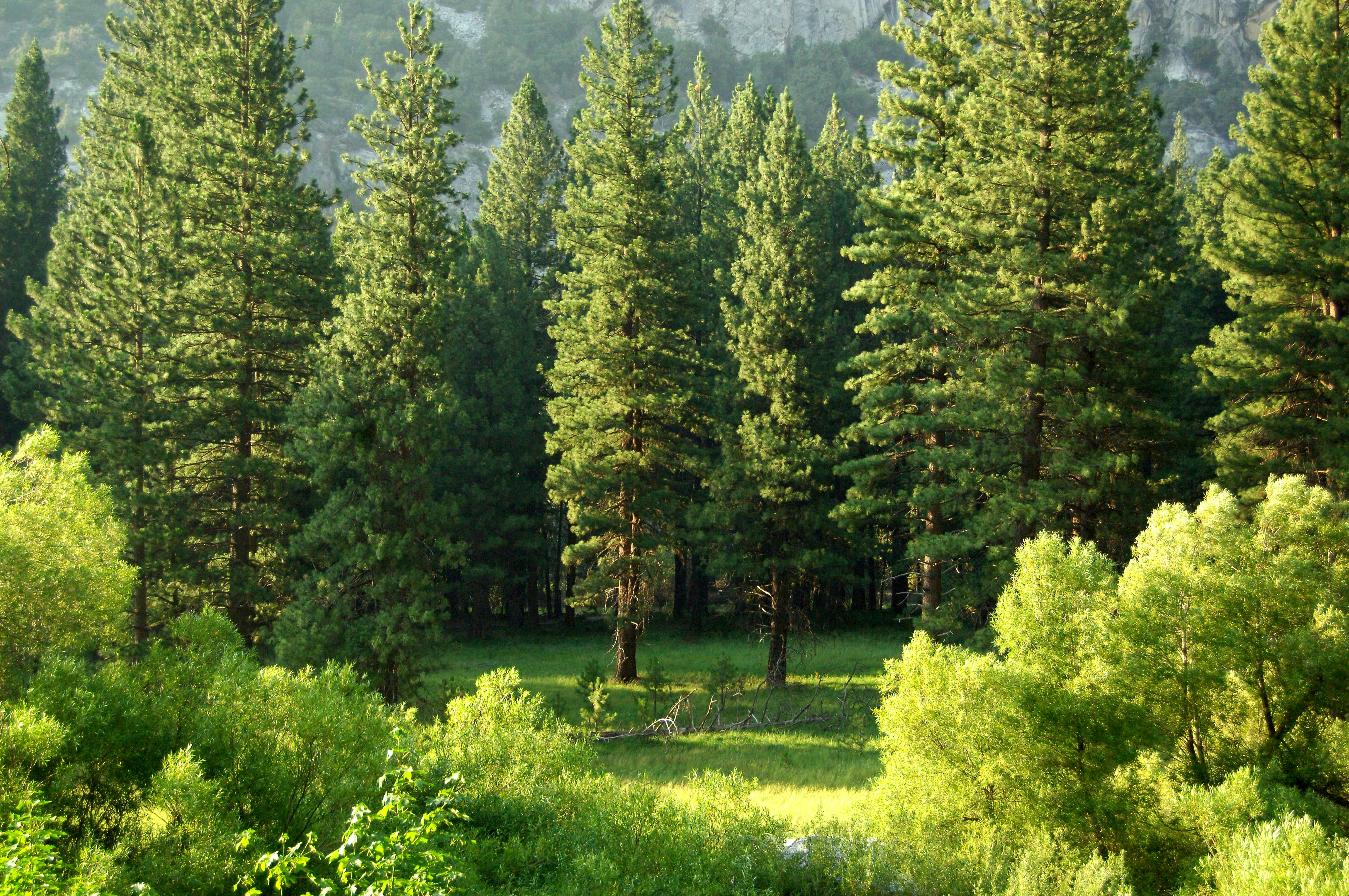Tree Lopping in Brisbane For Pruning Purposes

Tree lopping is an essential service for maintaining the health, aesthetics, and safety of trees in various environments. In Brisbane, where lush greenery is a hallmark of both urban and suburban landscapes, professional tree lopping ensures that trees remain well-maintained while enhancing the beauty and functionality of gardens, estates, commercial properties, residential areas, and landscaping projects.
Understanding Tree Lopping and Pruning
Before delving into the specifics of tree lopping in Brisbane, it's crucial to distinguish between lopping and pruning:
- Pruning is the selective removal of branches to improve tree health, encourage growth, and enhance structural integrity
- Lopping involves cutting larger sections of a tree, often to control size, remove hazards, or reshape the canopy
The Importance of Professional Tree Lopping in Brisbane
Brisbane's subtropical climate fosters rapid tree growth, making regular maintenance necessary. Professional tree lopping services ensure that trees are trimmed safely and sustainably, preventing potential hazards.
1. Tree Lopping for Gardens
- Thinning dense canopies
- Removing dead or diseased limbs
- Shaping trees for aesthetic appeal
2. Tree Lopping for Estates
- Preserving heritage trees
- Clearing pathways and driveways
- Preventing root damage
Best Practices for Tree Lopping
- Hiring Certified Arborists
- Using Proper Equipment
- Adhering to Local Regulations
- Timing the Work Correctly
Risks of DIY Tree Lopping
- Personal injury from falls or equipment misuse
- Tree damage leading to disease or instability
- Legal penalties for non-compliance
Conclusion
Tree lopping is a vital service for maintaining Brisbane's green spaces. By engaging professional arborists, property owners can ensure their trees remain healthy, safe, and aesthetically pleasing. Professional tree lopping not only enhances the visual appeal of outdoor spaces but also safeguards against potential hazards, making it an indispensable practice for sustainable tree management.